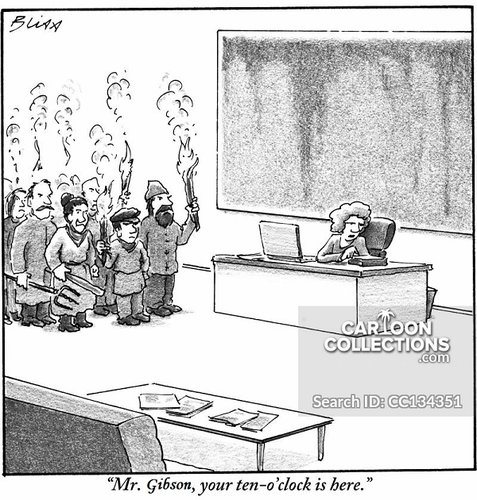I suspect that the Australian challenge has to do with supply issues more than anything else.
From what I understand (and it has been quite a few years now since I had any direct involvement on the Australian Tiger program so take this with a grain of salt), the problems experienced with Australian Tigers was partially Airbus and partially the Australian Govt (DMO/CASG/Army aviation) - as they sometimes say "it takes two to tango". The key issues have very much been logistics and maintenance but partially that was due, in my opinion, to rushing the initial contract around this aspect. There have been delays in achieving full operational capability and this is covered in an ANAO report (
https://www.anao.gov.au/work/performance-audit/tiger-armys-armed-reconnaissance-helicopter)
Some articles on both Australian and French experiences with their helicopters:

australianaviation.com.au
To learn more about French combat experience with the Tiger over the past decade, ADM visited Phalsbourg, home to French Army Aviation's 1st Helicopter Regiment.

www.australiandefence.com.au
I'm not sure what the Spanish experience has been.
Going back to the German experience and the initial post about potential AH-64s, and having thought about it a little more, I wonder if the original role requirements might be playing into this. The Germans were, IIRC, originally wanting something more of a dedicated anti-tank platform. With the end of the Cold War this then changed into something more multirole platform (and accordingly, it went from being referred to as PAH-2 Tiger (Panzerabwehrhubschrauber-2 Tiger, German: Anti-tank helicoper 2 Tiger), to being called UH Tiger (Unterstützungshubschrauber Tiger, German: Support helicopter Tiger)). Is it now the case that Germany, like many in the rest of the Western world (Australia included), is going 'heavy' again and thus wanting something more dedicated in the Anti-tank role and thus looking at the AH-64?
Interestingly, I do believe similar is occurring in Australia: the original AIR-87 project called for an
Armed
Reconnaissance
Helicopter (hence the
ARH Tiger name) which was primarily aimed at being a replacement for the Australian Army's Kiowa Reconnaissance helicopters with a fire support/escort ability to replace the UH-1H Bushrangers. Hence, one of the reasons the ARH Tiger was selected over the bigger AH-64 originally. In recent years though, Australia has adopted a 'heavier' equipment fit with the likes of M1A1 Abrams replacing Leopard 1s, Boxer CRVs replacing ASLAV, KF41 or AS21 replacing M113s etc. This in part may be also playing into the helicopter domain. anyway, just my thoughts...







